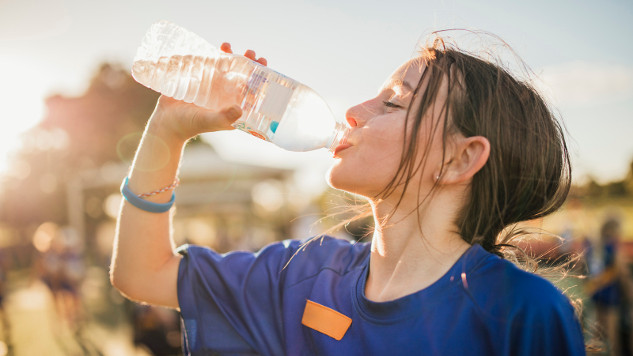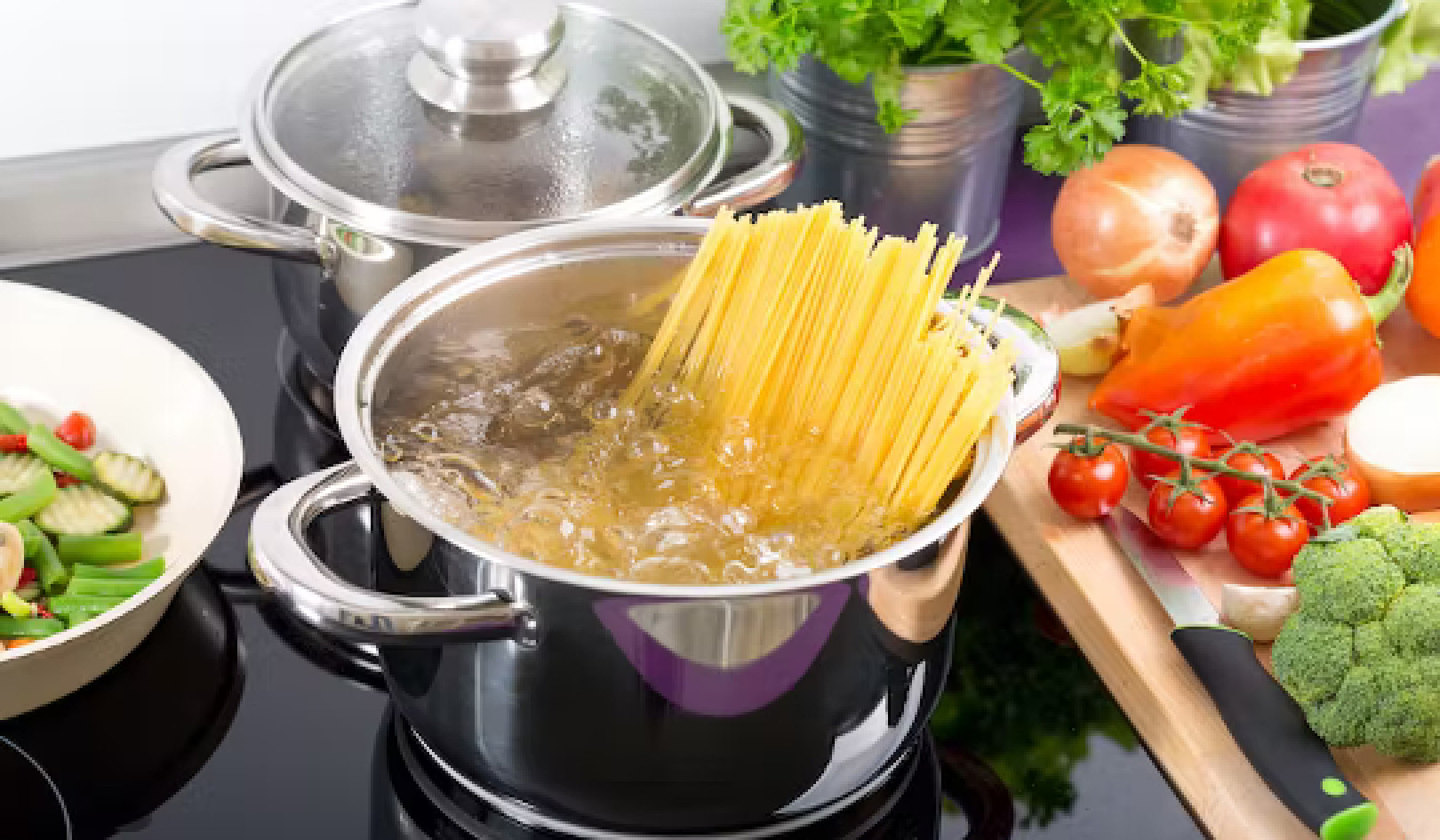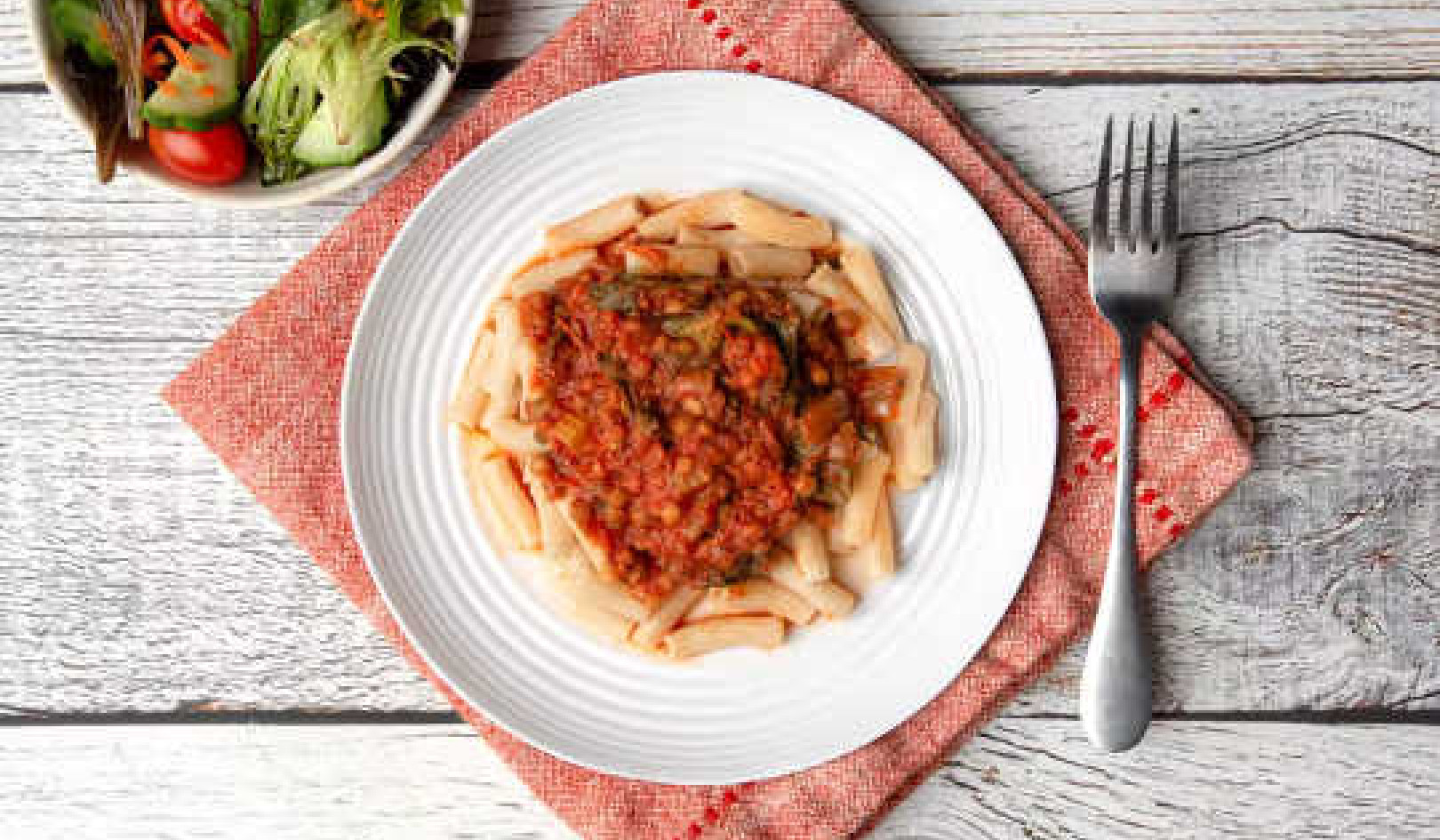
No, No, No. Don't do this. Research published in January 2024 suggests a liter of bottled water may contain around 240,000 plastic particles, with roughly 90% being nanoplastics
We've heard plenty about how plastic is choking our oceans and endangering marine life. Distressing images of turtles trapped in plastic rings and whales washing ashore with stomachs full of plastic waste have, rightfully so, sparked global outrage over our plastic addiction. But as terrible as that environmental toll has been, you'll want to brace yourself because the plastic problem just got very personal. Recent scientific research has uncovered a disturbing link between the plastic pollution pervading our environment and a serious, potentially life-threatening risk to our cardiovascular health.
For years, we've considered plastic pollution an "out there" issue that impacts marine ecosystems, contaminates waterways, and tarnishes natural landscapes. But paradigm-shifting new findings have brought the plastic problem straight through our front doors and into the inner walls of our vital arteries. Yes, you read that correctly. Microplastics and other plastic particles are embedded within the artery plaque buildup of living human subjects. It's a sobering revelation that transforms the plastic discussion from an academic environmental debate into an immediate and tangible threat to our health, forcing us to confront a harrowing new reality - the plastic crisis has turned inward.
Microplastics Invading Our Arteries
Can you believe that tiny pieces of plastic have been found embedded in people's carotid artery tissues? The carotid arteries are major blood vessels that supply the brain, and having plastic particles in them is not good. Researchers used powerful microscopes to detect polyethylene (from plastic bags and bottles), polyvinyl chloride, and even chlorine compounds trapped in artery plaque.
Why is this such a big deal? Those plastic intruders are causing increased inflammation in the artery walls. And inflammation is a crucial driver of many chronic diseases, especially those involving the heart and blood vessels.
Still, is trying to convince this plastic problem inside us serious? Get this: The study found that people with plastic contaminants in their carotid arteries were nearly five times more likely to suffer a heart attack, stroke, or other major cardiovascular event compared to those without plastic particles.
Just let that sink in for a minute. There is a nearly 500% increased risk of a potentially fatal heart issue simply from ingesting tiny plastic bits that have made their way into our bodies and arteries. It's a cardiovascular risk factor we never anticipated.
The Omnipresent Plastic Threat
At this point, you're probably wondering, "How the heck does plastic even get into my arteries in the first place?" The sad truth is that plastic has become so pervasive in our environment - oceans, rivers, landscapes, you name it - that it's virtually impossible to avoid some level of exposure and absorption into our bodies.
Think about all the plastic products we use and discard daily without a second thought. Plastic is everywhere in food packaging, bottles, bags, and utensils. And those plastic particles enter our soil and water sources, eventually onto our plates and bodies.
This research is more than just another data point on plastic pollution. It's a punch-in-the-gut wake-up call that this plastic crisis has become a direct threat to our health and well-being.
We can no longer treat plastic as an environmental nuisance "out there" in faraway ocean gyres. It's an issue that has infiltrated our internal environments and could be cutting lives short through heart disease and stroke.
The Time for Action is Now
So, what can we do about this incredibly personal plastic predicament? Ultimately, we must wage a full-scale societal battle against unnecessary and excessive plastic usage. Corporations must get serious about developing eco-friendly packaging alternatives, and sellers must cut back on plastic bag handouts drastically.
But we all have a role to play through our daily choices and consumer habits:
-
Use Glass or Stainless Steel Containers: Replace plastic containers and water bottles with glass or stainless steel for storing food and drinks.
-
Choose Fresh Foods Over Packaged Ones: Opt for fresh produce instead of items packaged in plastic. This reduces plastic use and decreases the likelihood of plastic particles contaminating the food.
-
Avoid Heating Food in Plastic: Never heat food in plastic containers, even if labeled as "microwave-safe," as heating can cause plastics to break down and potentially release harmful chemicals.
-
Use Natural Fiber Clothing: When washed, synthetic fibers like polyester and nylon can shed microplastics. Choosing clothing made from natural fibers (cotton, wool, linen) can reduce the release of these particles.
-
Bring Your Own Bags: To avoid single-use plastics, use reusable shopping bags, produce bags, and other containers when shopping.
-
Select Wooden or Metal Toys: For children, choose toys made of wood, metal, or other natural materials instead of plastic. This reduces exposure from both the toys themselves and any packaging.
-
Choose Personal Care Products Wisely: Avoid personal care products containing microbeads (often found in exfoliating products) and opt for natural alternatives. Read labels to ensure products are free from polyethylene (PE), polypropylene (PP), polyethylene terephthalate (PET), polymethyl methacrylate (PMMA), and polytetrafluoroethylene (PTFE).
-
Use Beeswax Wraps: Replace plastic cling films with sustainable alternatives like beeswax wraps for covering food or wrapping leftovers.
-
Avoid Disposable Plastic Cutlery and Straws: When eating out or at home, use reusable or compostable options instead of plastic cutlery, straws, and other disposable items.
-
Avoid, Avoid, Avoid: Teach your family about reducing plastic use and involve them in making healthy choices. Awareness can significantly reduce plastic consumption and exposure to nanoplastics.
Each plastic item we use appears to set the stage for cardiovascular disease. It's no longer just an environmental issue; it's an imperative for personal health.
An Opportunity for a Broader Impact
As problematic as these findings are, they also present an opportunity to rally broader public support for addressing the plastic crisis. When people understand that the plastic deluge could be shaving years off their lifespan by promoting heart attacks and strokes, it becomes impossible to ignore.
This research transforms the plastic debate from an environmental academic discussion into an immediate and tangible threat to family health. That perspective shift could be the spark needed to drive real, coordinated action to curb plastic production and waste on a global scale.
Plastic particles in our vital arteries are a tragic indicator of how far the plastic blight has permeated. But it's also a chance to reframe the conversation in a way that illustrates how the plastic war has turned inward - a battle for our cardiovascular health and longevity. And that's a fight nobody can afford to sit out.
Microplastics Can Raise Risk of Heart Attack
About the Author
 Robert Jennings is co-publisher of InnerSelf.com with his wife Marie T Russell. He attended the University of Florida, Southern Technical Institute, and the University of Central Florida with studies in real estate, urban development, finance, architectural engineering, and elementary education. He was a member of the US Marine Corps and The US Army having commanded a field artillery battery in Germany. He worked in real estate finance, construction and development for 25 years before starting InnerSelf.com in 1996.
Robert Jennings is co-publisher of InnerSelf.com with his wife Marie T Russell. He attended the University of Florida, Southern Technical Institute, and the University of Central Florida with studies in real estate, urban development, finance, architectural engineering, and elementary education. He was a member of the US Marine Corps and The US Army having commanded a field artillery battery in Germany. He worked in real estate finance, construction and development for 25 years before starting InnerSelf.com in 1996.
InnerSelf is dedicated to sharing information that allows people to make educated and insightful choices in their personal life, for the good of the commons, and for the well-being of the planet. InnerSelf Magazine is in its 30+year of publication in either print (1984-1995) or online as InnerSelf.com. Please support our work.
Creative Commons 4.0
This article is licensed under a Creative Commons Attribution-Share Alike 4.0 License. Attribute the author Robert Jennings, InnerSelf.com. Link back to the article This article originally appeared on InnerSelf.com
Related Books:
The Body Keeps the Score: Brain Mind and Body in the Healing of Trauma
by Bessel van der Kolk
This book explores the connections between trauma and physical and mental health, offering insights and strategies for healing and recovery.
Click for more info or to order
Breath: The New Science of a Lost Art
by James Nestor
This book explores the science and practice of breathing, offering insights and techniques for improving physical and mental health.
Click for more info or to order
The Plant Paradox: The Hidden Dangers in "Healthy" Foods That Cause Disease and Weight Gain
by Steven R. Gundry
This book explores the links between diet, health, and disease, offering insights and strategies for improving overall health and wellness.
Click for more info or to order
The Immunity Code: The New Paradigm for Real Health and Radical Anti-Aging
by Joel Greene
This book offers a new perspective on health and immunity, drawing on principles of epigenetics and offering insights and strategies for optimizing health and aging.
Click for more info or to order
The Complete Guide to Fasting: Heal Your Body Through Intermittent, Alternate-Day, and Extended Fasting
by Dr. Jason Fung and Jimmy Moore
This book explores the science and practice of fasting offering insights and strategies for improving overall health and wellness.




























